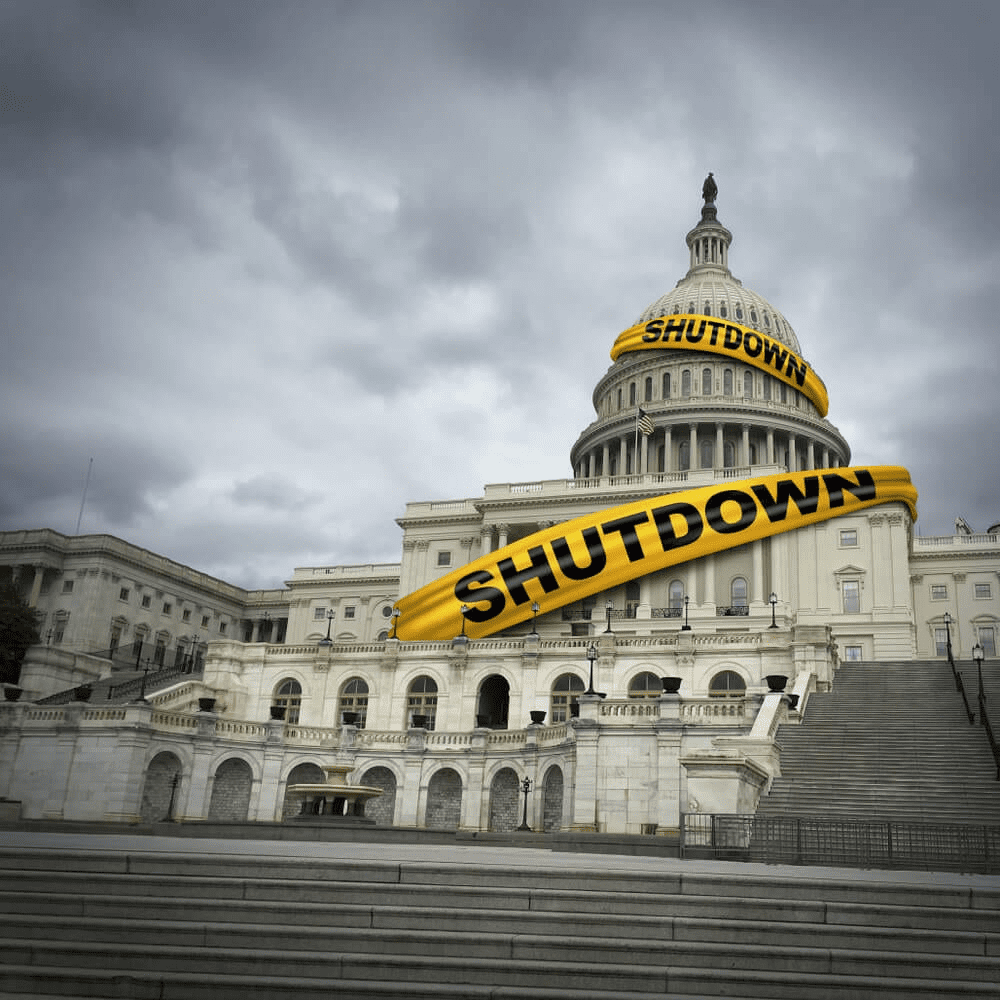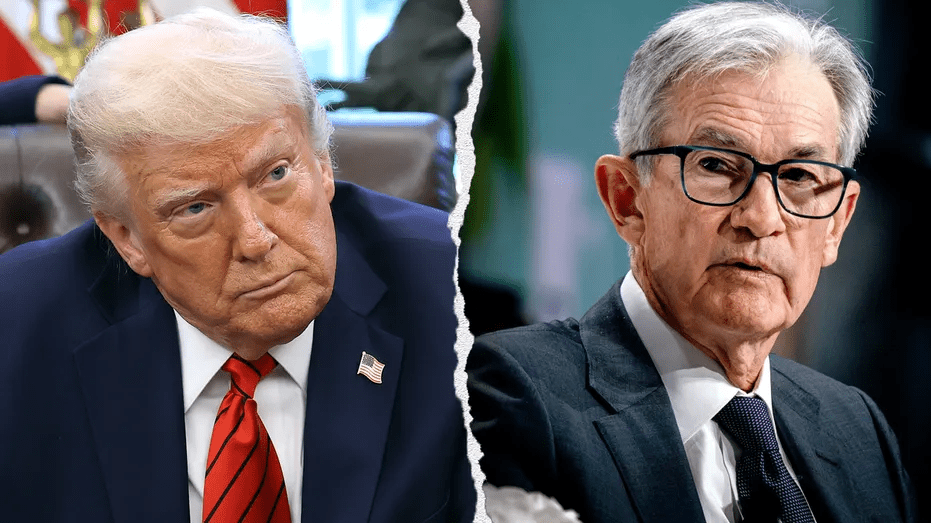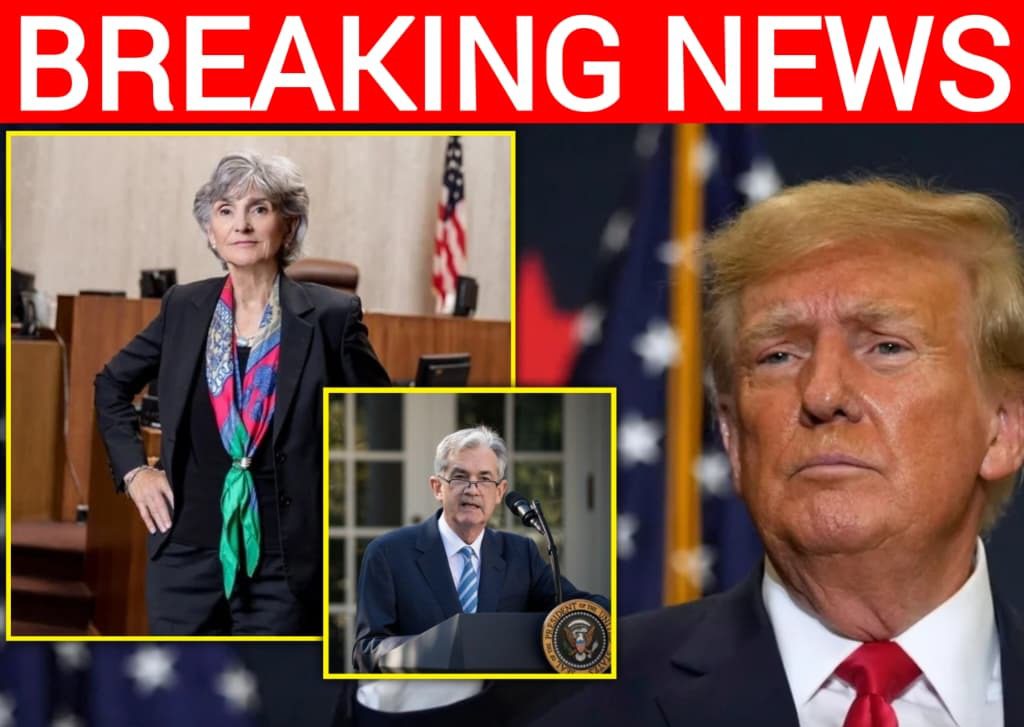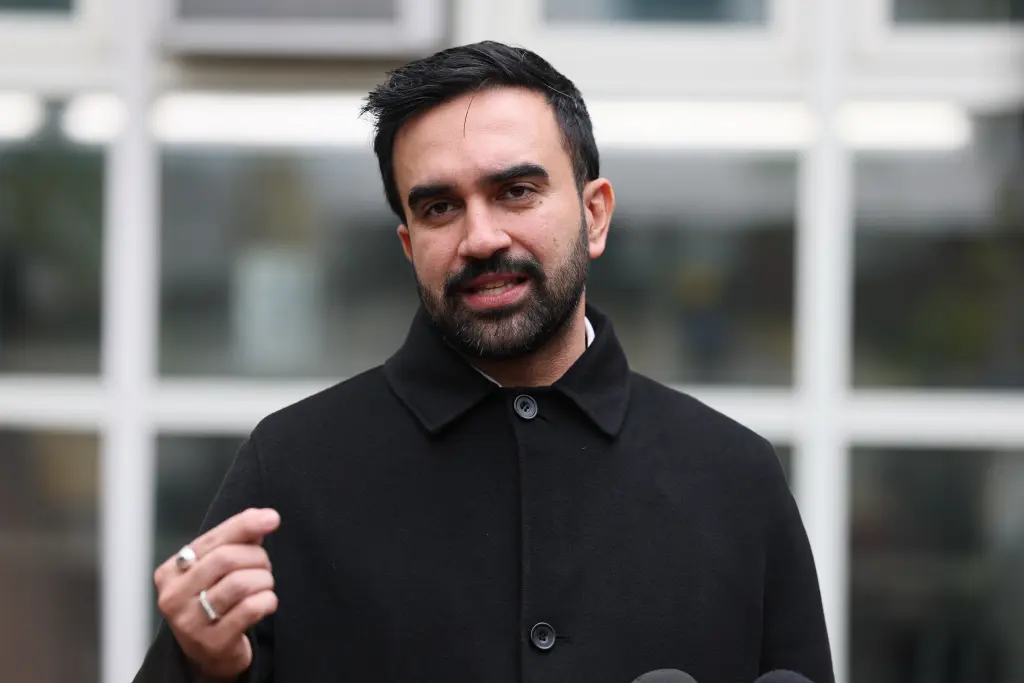Judge Susan Illston Blocks President Trump’s Plan to Fire Thousands of Federal Employees During Government Shutdown, Sparking Clash Over Executive Power
In another explosive showdown between the executive and judicial branches, U.S. District Judge Susan Illston has temporarily blocked President Donald Trump’s administration from moving forward with the layoffs of over 3,500 federal employees during the ongoing government shutdown. The ruling, issued on October 15, 2025, comes after a coalition of federal employee unions filed emergency lawsuits arguing that the mass terminations violated federal labor protections and due process.

The decision represents a striking setback for the Trump administration, which has made government reform and workforce reduction a cornerstone of its second-term agenda. President Trump’s push to “drain the bureaucracy” and streamline federal operations has been met with fierce resistance from unions, career officials, and activist judges—many of whom were appointed by previous Democratic administrations. The ruling by Judge Illston, a Clinton appointee, now halts what the administration described as a lawful cost-cutting measure aimed at maintaining financial stability during the budget deadlock.
Judge Illston’s order closely mirrors her May 2025 injunction, which blocked similar workforce cuts under Trump’s reorganization plan. That earlier case, involving the Office of Management and Budget, set the stage for a months-long legal battle over how far the president’s executive powers extend in reshaping the federal workforce. The current restraining order underscores the persistence of that struggle, as courts continue to test the limits of presidential authority amid escalating political division in Washington.

The White House reacted sharply to Illston’s latest ruling, calling it an act of “judicial overreach” that undermines the President’s ability to govern effectively during a crisis. A senior administration official described the decision as “an obstruction of reform and a direct insult to the will of the American people,” pointing to Trump’s repeated campaign promises to cut bloated government spending and hold federal agencies accountable. The administration has already vowed to appeal the ruling to the Ninth Circuit Court of Appeals, a move expected to escalate the dispute even further.

President Trump himself addressed the situation at a late-night rally in Michigan, telling supporters that “unelected judges are trying to run the country.” He emphasized that his administration’s actions were both legal and necessary, arguing that taxpayers shouldn’t be forced to fund “layers of bureaucracy that do nothing but slow America down.” His remarks drew cheers from the crowd and echoed the frustration of millions of Americans who view the federal government as inefficient and overstaffed.

Supporters of the ruling, however, claim the court’s intervention protects workers from political retaliation and prevents chaos within essential government departments. Yet critics counter that the move once again exposes a broader problem—how activist courts have become increasingly involved in policy disputes that traditionally fall under executive authority.

This latest legal clash arrives at a time of heightened political tension, with the ongoing government shutdown amplifying partisan divides. The president’s allies argue that Trump’s decisive leadership is being systematically undermined by judges who seek to limit his authority for ideological reasons. The broader question emerging from this case—whether the President of the United States has the constitutional power to restructure his own executive branch—will likely reverberate through the 2025 political season and beyond.
For now, the 3,500 workers targeted for dismissal remain employed as the case moves through appeal. But within the halls of Washington, the message is clear: the battle over who truly governs the federal system—elected leadership or the judiciary—is far from over.



